As technology continues to advance, the idea of a fully automated home is becoming more and more attainable. With so many different components available, it can be overwhelming to figure out where to start. One crucial element in any smart home is the smart display. But what exactly makes a smart display “smart”? In this blog post, we will explore the three essential components that make up a truly intelligent smart display. Whether you’re a seasoned home automation pro or just starting out, this information will be invaluable in creating your dream smart home.
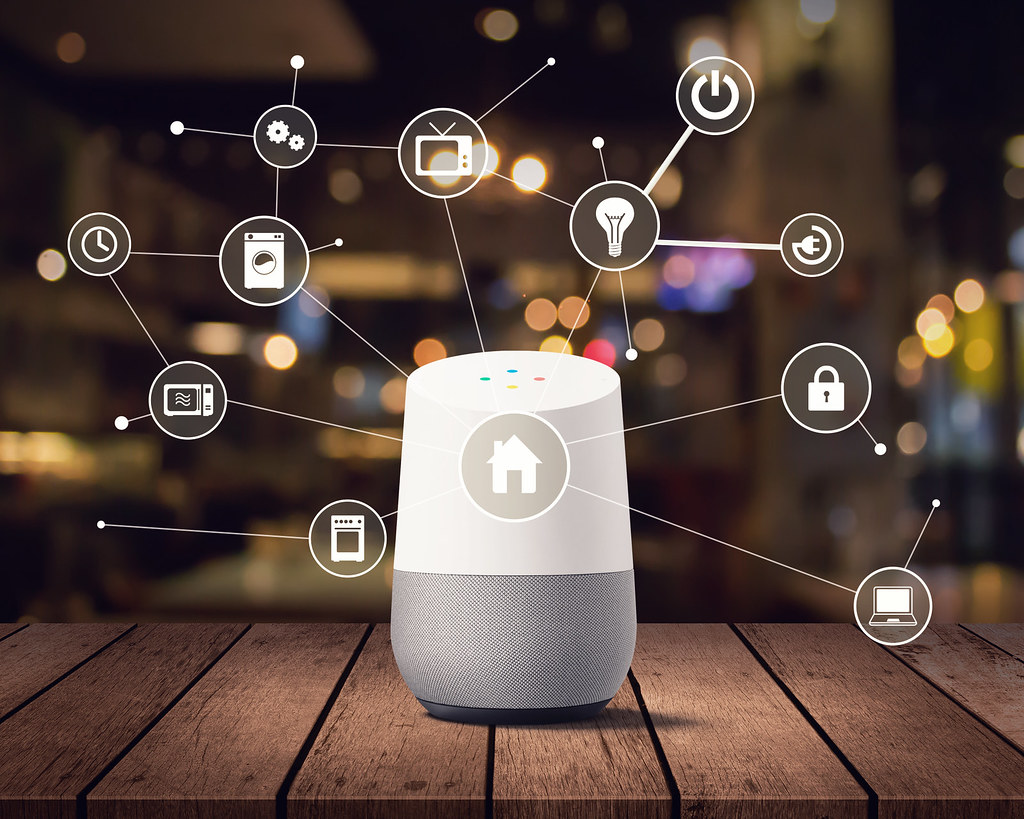
Introduction to Home Automation: Understanding the Basics
Home Automation is the process of automating your home’s electronic devices and systems to make them more efficient and convenient. This can include everything from controlling your lights and thermostat with your smartphone to setting up a home security system that can be monitored remotely. The basics of home automation involve using a central hub or controller to connect all of your devices and systems, allowing you to control them from a single location. With the rise of smart home technology, it’s now easier than ever to automate your home and enjoy the benefits of a more connected and efficient living space. Whether you’re looking to save energy, increase security, or simply make your life easier, home automation is an exciting and rapidly evolving field that has something to offer everyone.
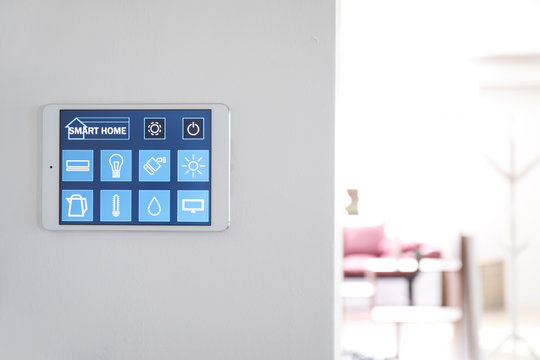
What is a Smart Display and Why You Need It for Your Home Automation System?
A smart display is a device that combines the functionality of a speaker with a touch screen display. It is an essential component of any home automation system as it allows you to control and monitor your smart home devices in one central location. With a smart display, you can adjust the temperature, turn on/off lights, play music, and even make video calls.
One of the main benefits of having a smart display is its voice assistant feature. Most smart displays come with built-in voice assistants such as Amazon Alexa or Google Assistant, which allows you to control your devices using voice commands. This feature is particularly useful when your hands are full or when you’re in another room.
Another important feature of a smart display is its compatibility with other smart home devices. A good smart display should be able to integrate with different devices from various manufacturers seamlessly. This means that you can control all your devices using one interface without having to switch between different apps.
In summary, a smart display is an essential component of any home automation system as it provides a central location for controlling and monitoring all your smart home devices. Its voice assistant feature and compatibility with other devices make it an indispensable tool for anyone looking to take their home automation system to the next level.
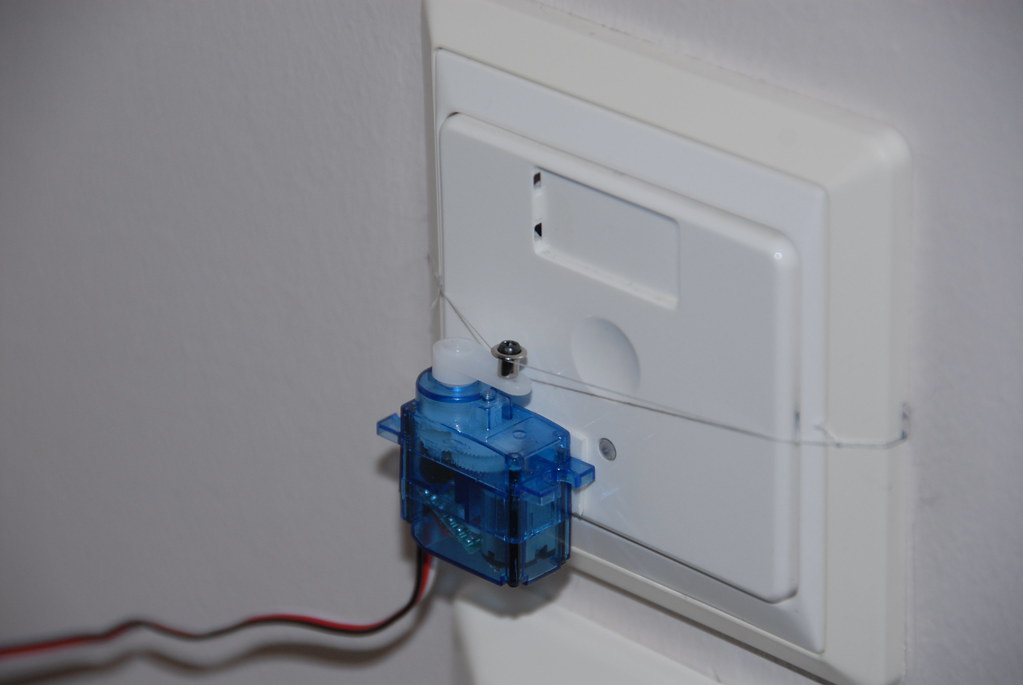
The 3 Essential Components of a Smart Display Explained
Smart Assistant and Voice Control are two of the three essential components of a smart display. A smart assistant allows you to control your devices using voice commands, while also offering other useful functions such as setting reminders or answering questions. Popular examples include Amazon’s Alexa, Google Assistant, and Apple’s Siri. Voice control is another key feature that enables hands-free operation of your home automation system with just your voice. The third component is a high-resolution touch screen interface that lets you interact with all connected devices conveniently in one place. With these three components working together seamlessly, a smart display can truly revolutionize the way you manage your home automation system for ultimate convenience and efficiency.
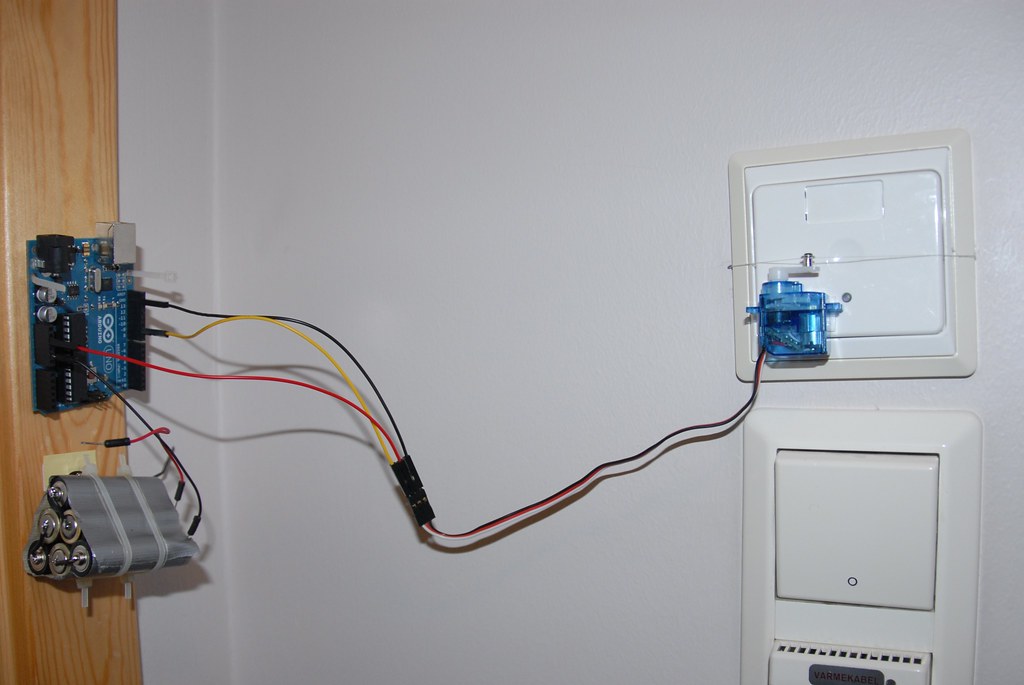
Integrating Different Devices with Your Smart Display: Tips and Tricks
One of the most significant advantages of a smart display is its ability to integrate with various devices in your home automation system. To make the most out of your smart display, you need to ensure that it can communicate with all the devices you want to control.
The first step is to check if your smart display supports the communication protocol used by your devices. For instance, if you have Philips Hue lights, you need to ensure that your smart display supports Zigbee communication protocol.
Next, you need to set up your devices on the same network as your smart display. This will allow them to communicate with each other seamlessly. Make sure that all your devices are updated with the latest firmware and software versions. This will ensure compatibility and prevent any issues during integration.
Once you have set up your devices, you can use voice commands or touch controls on your smart display to control them. You can also create custom routines that trigger multiple devices simultaneously.
Integrating different devices with your smart display may seem daunting at first, but with these tips and tricks, you can easily create a seamless home automation system that simplifies your life.
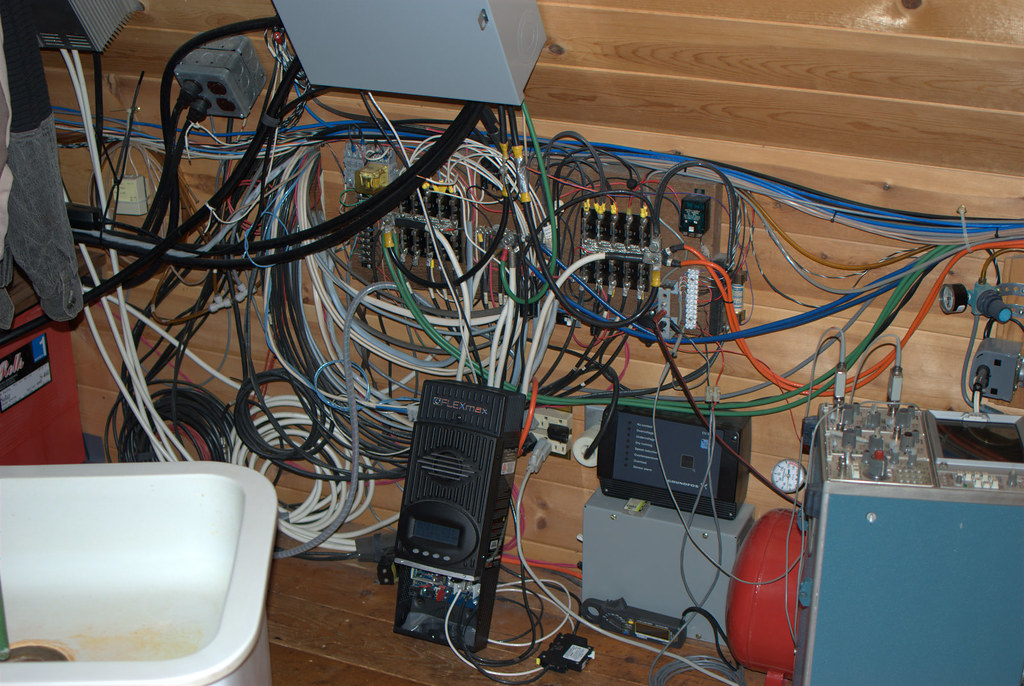
Maximizing Home Security with Smart Displays: A Comprehensive Guide
One of the key benefits of a smart display is its ability to enhance home security. Motion detection and facial recognition are two important features that can be integrated into your system. By setting up motion detection, you can receive alerts when there is unusual activity detected in or around your home. This allows for quick action to be taken if necessary. Facial recognition technology takes this one step further by allowing your smart display to recognize familiar faces and alert you if an unfamiliar person is detected.
Another way to maximize home security with a smart display is through integration with other devices such as cameras, sensors, and door locks. By connecting these devices to your system, you can monitor and control them remotely from anywhere using your smartphone or tablet.
Overall, incorporating a smart display into your home automation system provides added convenience while also enhancing the security of your household. With the right components and integrations in place, you’ll have peace of mind knowing that everything is under control even when you’re away from home.
Conclusion: Taking Your Home Automation System to the Next Level
Home automation has become an essential part of modern living, making life more convenient and efficient. With smart displays at the center of your home automation system, you can control different devices with ease. By integrating various components such as voice assistants and smart sensors, you can enjoy a seamless experience in managing all aspects of your home.
Moreover, maximizing the potential of your smart display involves taking advantage of its multifunctional features beyond basic commands like switching off lights or playing music. For example, by connecting it to a security camera or monitoring app (HomeKit Secure Video), you can keep tabs on what’s happening inside and outside your house remotely.
With constant advancements in technology, investing in a reliable smart display is the first step to achieve total control over every aspect of your home automation system. By understanding how each component works together and exploring new integrations constantly emerging onto the market, achieving maximum productivity while minimizing stress levels have never been easier!
In conclusion, home automation is becoming increasingly essential in our daily lives. With a smart display as the centerpiece of your system, you can enjoy convenience and efficiency like never before. By understanding the 3 essential components of a smart display – voice assistants, touchscreens, and sensors – and learning how to integrate devices seamlessly, you can customize your home according to your preferences while enhancing safety and security.
Home automation isn’t just about having control over appliances or entertainment systems; it’s about creating an intelligent environment that enhances comfort, convenience, and safety for everyone in the household. Whether you’re looking for ideas on how to start building your own home automation system or want to take your existing setup to the next level with advanced features and integrations – there’s always room for improvement with smart displays!
So why wait? Start exploring what’s possible today by making use of all these tips we’ve shared!
Frequently Asked Questions
What is a smart display?
A smart display is a device that combines a screen with a virtual assistant.
Who uses smart displays?
Smart displays are used by anyone who wants a hands-free, voice-activated device.
What are the three main automation components of smart display?
The three main automation components of smart display are voice recognition, touch screen, and camera.
How does voice recognition work on a smart display?
Voice recognition on a smart display works by using a microphone to pick up your voice and process it into a command.
What is the touch screen used for on a smart display?
The touch screen on a smart display is used for navigation and control of the device.
What is the camera used for on a smart display?
The camera on a smart display can be used for video calls, security monitoring, or even as a digital photo frame.
